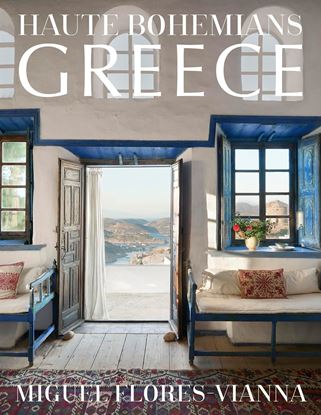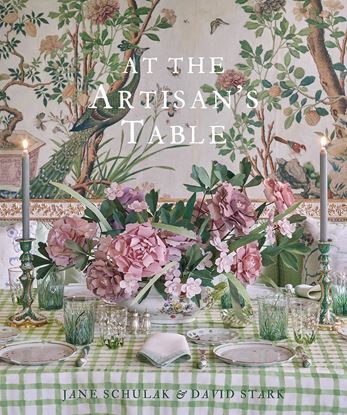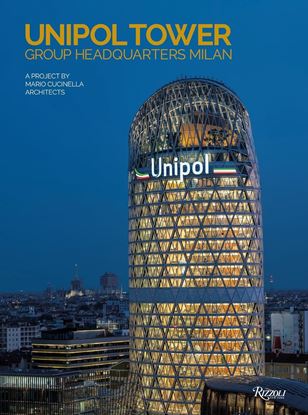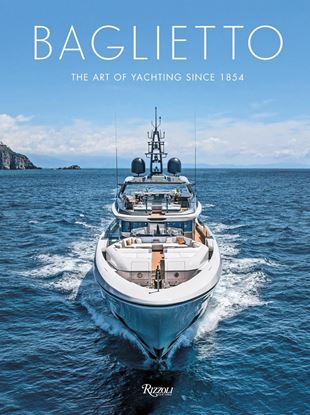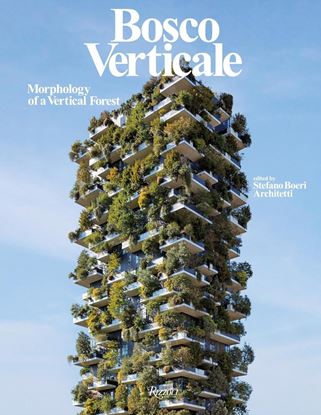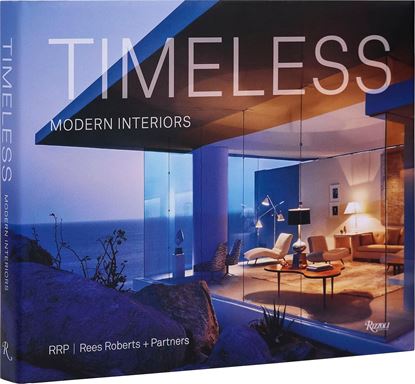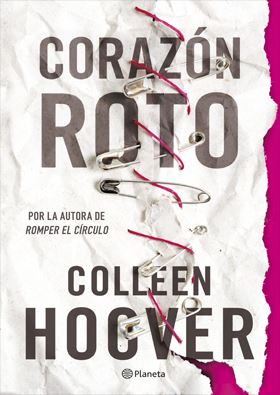

NOVEDADES
HAUTE BOHEMIANS: GREECE HISTORIC
A land immortalized by poets for its otherworldly beauty, Greece is the birthplace of iconic monuments that are known the world over. Yet, at the same time, it is also home to an organic architectural language, the product of centuries of rural and island lifestyles—the heir both to the timelessness of classical architecture and the simplicity of rustic living.
This stunning volume chronicles Miguel Flores-Vianna’s photographic odyssey through the beautiful Greek landscape, showcasing historical houses alongside contemporary homes, united by the colorful characters who either live or have lived in these places—the “haute bohemians.”
From the sophisticated residences of collectors and painters to island hideaways, centuries-old tavernas, royal follies, breathtaking gardens, and even a restored sailboat, Haute Bohemians: Greece transports Flores-Vianna’s armchair travel companions to a wondrous world, bathed in the glow of an ethereal light.
4,995
AT THE ARTISANS TABLE INSPIRATION
Throughout history, tabletop decoration has been at the nexus of utilitarian function and innovative design. In At the Artisan’s Table, designers and event producers Jane Schulak and David Stark pair historical table wares from the world’s finest design museums with pieces by an international array of contemporary artisans who reinterpret traditional crafts and styles, including Aptware (marbled clay), blue-and-white Delft, chinoiserie, faux bois, plaster, splatterware, and trompe l’oeil.
Each chapter features a museum object that serves as a muse; the work and studio of the artist who has updated the traditional craft; and gorgeous table settings designed by Schulak and Stark that incorporate the artist’s handmade wares and provide inspiration for everyone who has ever wished to wow their dinner guests.
4,995
UNIPOL TOWER. GROUP HEADQUARTERS MILAN
A new tower stands out against the city skyline: the Unipol Tower designed by Mario Cucinella Architects, an internationally renowned architecture studio based in Milan and Bologna. The Unipol Tower is a 124-meter elliptical tower in the Porta Nuova area, in the heart of the city. Made from glass and steel, it has a glasshouse on the rooftop serving as a cultural venue. Commissioned by Unipol, the leading Italian insurance company, the tower looks beyond the corporate identity and headquarters of Unipol and has been acclaimed as one of the most advanced architecture projects ever created.
4,995
BAGLIETTO THE ART OF YACHTING SINCE 1854
Where does craftsmanship end and art begin? What makes something a product, a brand impervious to time and fashions? These are the questions posed while strolling between the past and the present of Baglietto, the Italian shipyard that has been building world-class yachts for 170 years.
Success is not built in an instant. Being good, looking to the future, imposing a style that lasts over time is the gamble every entrepreneur takes. There are not many who succeed, which is why those who reach the age of 170 deserve to be studied, as well as celebrated. Baglietto is now a kind of great international club, access to which serves the right mix of passion for the sea, refined taste for boats that is never over-the-top but rather soberly chic, and, of course, the right spending capacity for objects that cost.
4,995
BOSCO VERTICALE: MORPHOLOGY VERTICAL
From the outset, the concept developed by Stefano Boeri for a residential building in 2004 proved to be forward-looking as it anticipated the new frontiers of urban living. Ten years after its inauguration, the Bosco Verticale (Vertical Forest) has kept all its promises and launched a new way of imagining contemporary cities.
This book celebrates an architectural work that has become the symbol of a renewed collective sensibility toward care for the environment and the plant world. Edited by Stefano Boeri Architetti, it traces its entire history. “The Bosco Verticale is one of the few ‘living’ buildings whose life is still followed ten years later.” This was the inspiration behind the editorial structure of the volume, which is formed of three sections that evoke the growth of a tree: roots, trunk, and branches and leaves.
4,995
TIMELESS MODERN INTERIORS
The first book to feature the interior design of the stylish, award-winning firm RRP / Rees Roberts + Partners, led by Interior Design–hall of fame inductee Lucien Rees-Roberts.
As Pilar Viladas writes in her introduction, “Rees-Roberts does not have a signature style. Instead, the interiors designed by his New York firm … have style, period, and lots of it.”
Well-known for his subtle use of color, texture, and fabric, Rees-Roberts’s designs capture the essence of modern living. Descended from generations of painters, his love for art is an important source for his inspiration and indelibly marks the work. Functionally elegant designs are characterized by a deference to art as well as to light and the views provided by natural surroundings. Each designed home reflects the owner’s character as well as the needs of everyday life, incorporating custom furniture and unusual antiques. The book, bound in sumptuous cloth and wrapped in a jacket with French folds, reflects the firm’s ever-present attention to detail.
4,995


